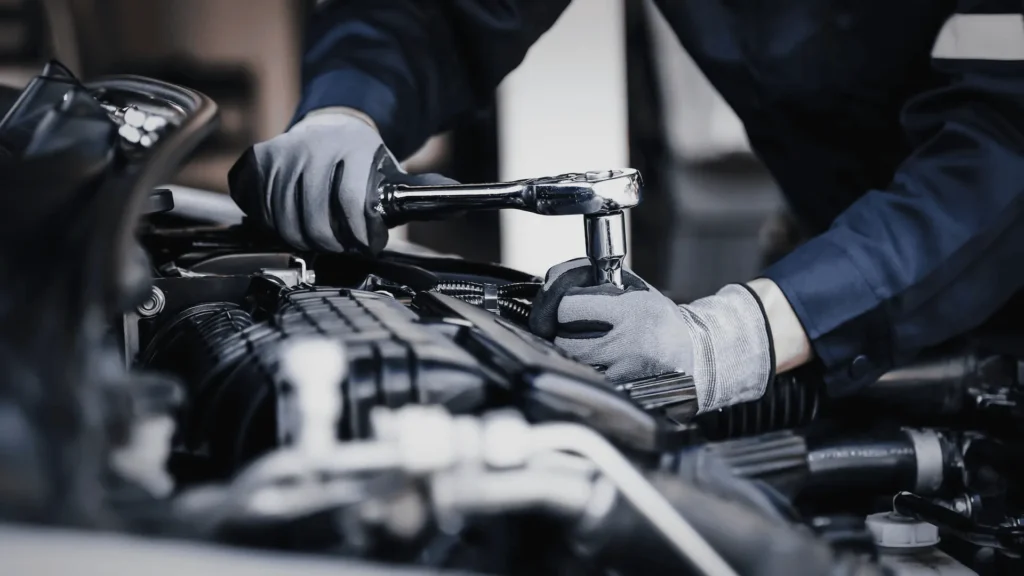The check engine light is an essential alert in your vehicle, signaling potential engine problems. Addressing this warning promptly can prevent more serious and costly repairs in the future.
Why Does the Check Engine Light Stay On?
If your check engine light remains illuminated after repairs, there’s no need to panic. It’s likely because the car’s internal computer hasn’t yet reset. The system needs to recheck its sensors over time, which can take 10 to 20 cycles of starting and turning off the car. For some vehicles, it may require driving 50 to 100 miles before the light resets. If you’re in a hurry, manual reset options are available.
How to Use a Diagnostic Scanner
An OBD2 scanner is a helpful tool for identifying and resetting check engine light issues. It provides specific codes to indicate the status of your car:
- Not Applicable: The scanner cannot detect the car’s status or isn’t compatible.
- Not Ready: The car’s system is still in the process of resetting.
- Ready: The system is functioning correctly, and the light should turn off.
If a new problem arises, the scanner will show additional error codes to alert you.
Reasons Your Check Engine Light Won’t Turn Off
If you’ve driven enough miles for the reset and the light is still on, there may be underlying issues. Common causes include:
Malfunctioning Airflow Sensor
The airflow sensor regulates the air entering the engine. When it fails, starting your vehicle may become difficult, and the check engine light will remain on. Replacing the sensor typically costs between $120 and $150.
Blocked Exhaust Gas Recirculation (EGR) Valve
The EGR valve helps reduce emissions by recycling exhaust gases back into the engine. Over time, it can become clogged and may need cleaning or replacement, which usually costs around $125.
Catalytic Converter Issues
The catalytic converter is responsible for reducing harmful emissions by converting carbon monoxide to carbon dioxide. A faulty converter can be expensive to replace, with costs ranging from $200 to $600. Regular maintenance helps extend its lifespan.
Vacuum System Problems
A vacuum leak can trigger the check engine light and cause additional symptoms like high RPM or rough idling. Addressing this issue promptly is important to prevent further engine damage.
Loose or Damaged Fuel Cap
A loose fuel cap is one of the simplest causes of a check engine light. It’s essential to ensure the cap is properly tightened to prevent fuel vapor leaks. If the cap is damaged, replacing it costs around $15.
Worn-Out Spark Plugs
Spark plugs ignite the fuel in your engine, and when they become corroded, they can lead to poor performance and increased fuel consumption. Replacing spark plugs typically costs about $50.
Faulty Ignition Coil
The ignition coil helps mix air and fuel in the engine. When it malfunctions, you may experience engine misfires, shaking, or even an unexpected shutdown. Fortunately, ignition coil repairs are usually straightforward and affordable.
Stay Proactive to Avoid Major Issues
The check engine light is a critical signal to keep your car running smoothly. Ignoring it can lead to larger problems down the road. From simple fixes like tightening a fuel cap to more complex issues like a failing catalytic converter, addressing the warning light promptly can save you time and money in the long run.

